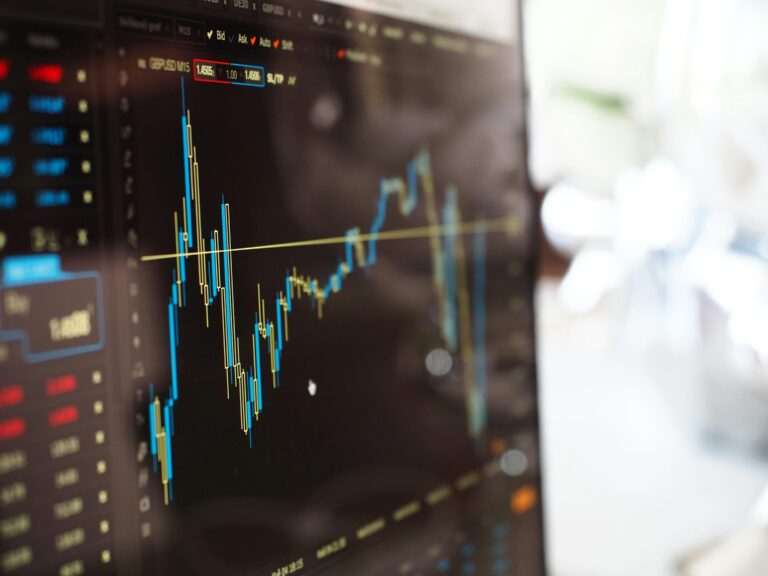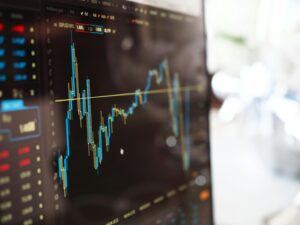
Another All Time High
Another All Time High Another week, another record broken, this time it’s the FTSE again. I previously wrote about what
 Another week, another record broken, this time it’s the FTSE again. I previously wrote about what the all time high meant for the index, but the news today made me think that it would be worth a little more investigation into what buying at an all time high would have done in the past. Hopefully it will help you respond to another all time high.
Another week, another record broken, this time it’s the FTSE again. I previously wrote about what the all time high meant for the index, but the news today made me think that it would be worth a little more investigation into what buying at an all time high would have done in the past. Hopefully it will help you respond to another all time high.
“Buy Low, Sell High” is a very common investment adage, and intuitively it makes a lot of sense. After all, if the goal is to make a profit on your investments, then it makes sense to buy when the price is low and sell when the price is high. The difference is then your profit. But can this work in reality in such simple terms?
The single biggest problem with trying to live by this maxim as a buyer is understanding when something is cheap compared to what it could or should be. It’s very easy to look at charts of the FTSE price, identify the dips and say “that’s when it was cheap”. The trouble is, we are not looking back at history and choosing when to buy, we are looking at the price now and deciding whether it is a reasonable time to enter the market. This decision becomes much harder when markets tumble, as there is always the nagging worry that they have further to fall.
I thought it would be useful to look at the performance that would have been achieved when investing in the all-time high of the FTSE last year and also at the height of the dotcom bubble in 1999. The first of these is easy enough – looking at the Vanguard FTSE 100 index fund, it’s showing gains since I wrote my article last May of 8.67%, which seems like a fairly healthy amount of growth considering the market was literally as high as it has ever been.
The second is much trickier, because the UK market for index trackers was considerably more restrictive in 1999, and those that did exist generally charged high fees compared to what we see today. As such, it’s probably better to look at the gross return that could have been achieved by buying the FTSE itself and make a deduction for assumed charges. On that basis, an investor who bought in December 1999 – right before the start of the dotcom bubble bursting – would have gross returns of around 229%, or 4.8% a year. And remember, this is someone investing at the worst possible time, right before a multi-year downturn in the UK market.
The answer to this is, perhaps unsurprisingly, “it depends”. Not on whether the market is going to fall any time soon, because that’s not something that we can realistically predict with any accuracy, but on your own reasons for investing, your propensity to take risk and your time horizon. If all of these are in alignment, then investing makes sense regardless of where the market is in the investment cycle. If not, then it’s important to work out what makes your situation unsuitable for investing, because investing is vital for long-term prosperity.
If you’d like to talk about whether you should be investing, please get in touch and we’ll have a chat.

Another All Time High Another week, another record broken, this time it’s the FTSE again. I previously wrote about what

Too good to be true I heard a saying a number of times growing up: if it sounds too good

Wealth Tax and You There has been a lot of talk recently about a wealth tax, including this recent poll

Estate Planning and You A Guest Article by Agueda Estrada Calle This article has been written by Agueda Estrada Calle,

Aegis Financial Consulting
Aegis Financial Consulting is a trading name of Aegis Financial Consulting Limited which is registered and incorporated in England and Wales (Company Number 13947249).